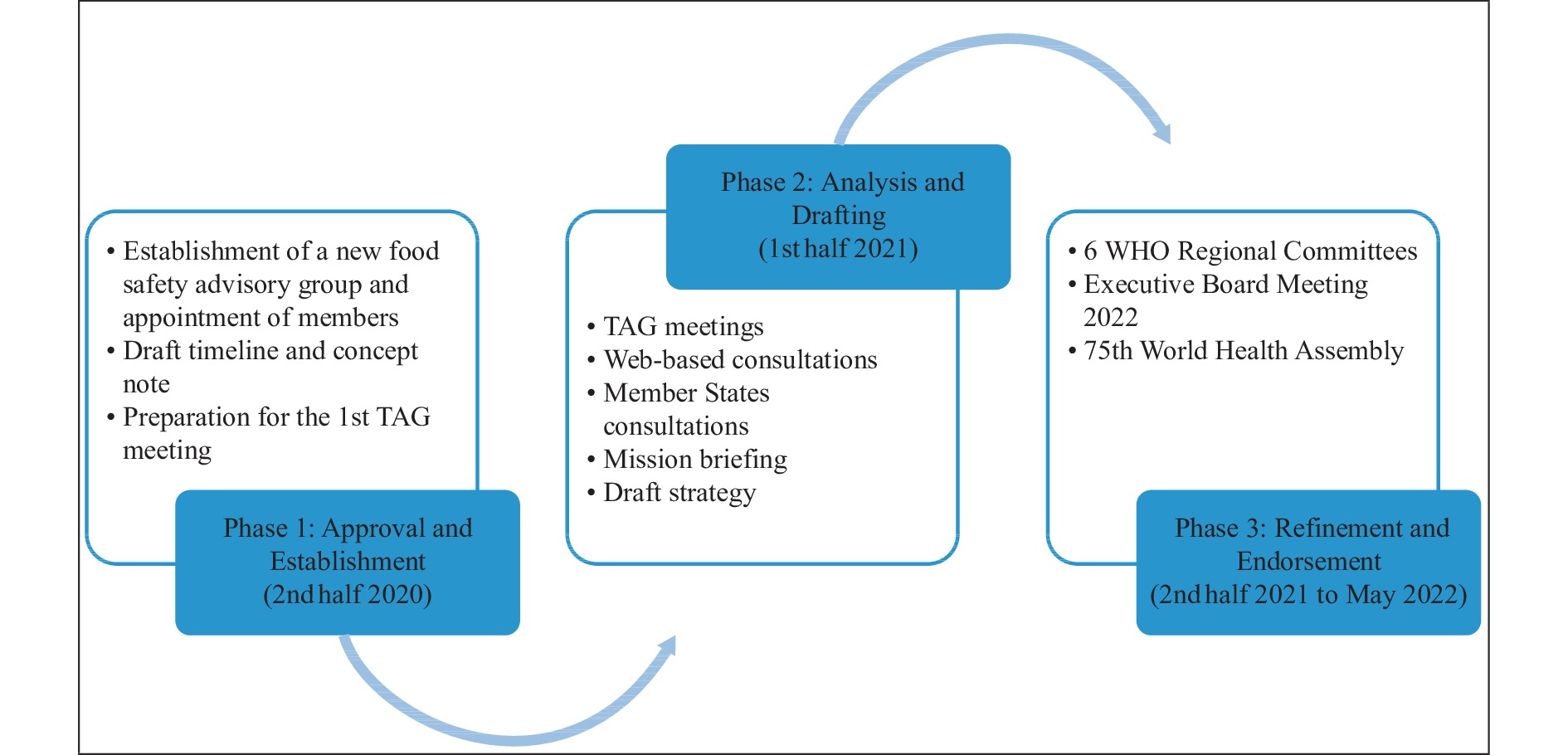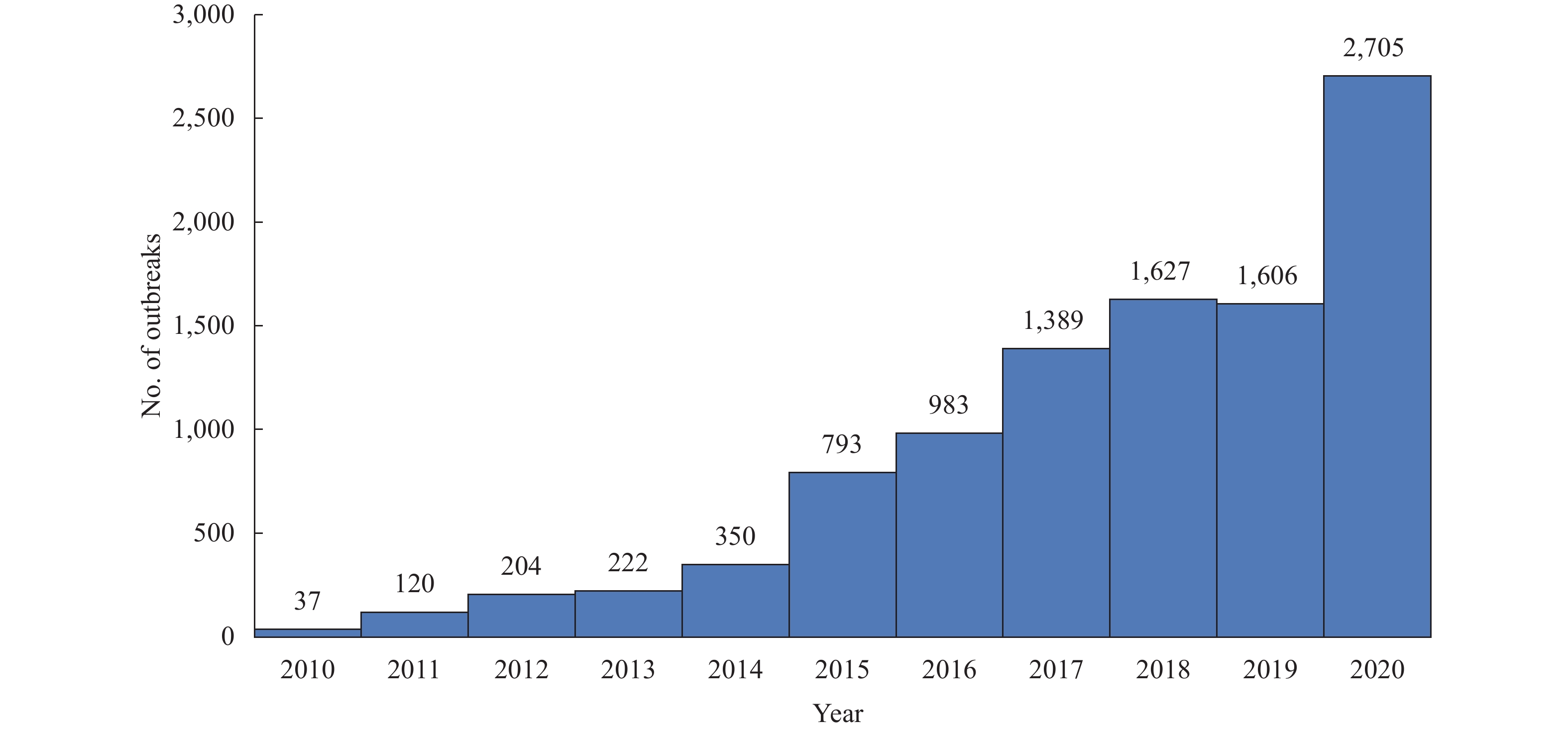2021 Vol. 3, No. 24
What is already known about this topic?
Salmonella causes acute and chronic diseases in food animals, and infected food animals are one of the most important source of human infection.
What does this report contribute?
The prevalence of Salmonella was 10.5% in chicken samples, 24.4% in pig, 23.3% in duck, and 29.4% in milk. Salmonella isolates were highly resistant to ampicillin (59.60%).
What are the implications for public health practices?
Data on Salmonella infections among food animals in China could help identify sources and factors related to the spread of Salmonella in food animals and food production chains.
Introduction : Mushroom poisoning was the leading cause of foodborne disease outbreaks and outbreak-associated deaths in China. Mushroom poisoning outbreak surveillance can provide insight into the epidemiological characteristics of mushroom poisonings and guide policymaking and health education to reduce illnesses and deaths.
Methods : Foodborne Disease Outbreak Surveillance System was upgraded in 2011 to collect foodborne disease outbreaks in China. Mushroom poisoning outbreaks during 2010–2020 were selected to analyze geographical distribution, seasonal distribution, and setting of food preparation.
Results : A total of 10,036 outbreaks, which resulted in 38,676 illnesses and 788 deaths, were reported in this period. Mushroom poisonings occurred all over the country, but with highest incidence in the southwest and central China. Overall, 84.6% outbreaks were associated with food prepared in households, followed by 8.7% in street stalls, and 2.5% in canteens. Mushroom poisoning outbreaks clearly exhibited seasonality, and the peak season was summer through autumn. Outbreaks occurring between May and October accounted for 94.1% of total outbreaks, 92.4% illnesses, and 97.2% deaths.
Conclusions : Mushroom poisoning is a food safety issue of higher concern in China. Targeted health education is essential to reduce mushroom poisoning, especially in southwest China. Citizens are advised to not collect or eat wild mushrooms.



 Subscribe for E-mail Alerts
Subscribe for E-mail Alerts CCDC Weekly RSS Feed
CCDC Weekly RSS Feed

